The Rafflesia flower which is found throughout much of Southeast Asia was discovered in 1818 by Dr Joseph Arnold, who named his new find after Sir Thomas Stamford Raffles, the leader of the expedition and the man who also gave his name to the famous hotel in Singapore.
In fact, the flower had previously been recorded in 1791 by Louis Deschamps in Java. However, Deschamps’ notes and illustrations of the flower were seized by the British in 1803 and were unavailable to western science until their release in 1861.
In all, more than 28 species of the Rafflesia flower can be found today. Those 28 species are scattered around Indonesia, Malaysia, Borneo, Sumatra, Thailand and the Philippines. The Rafflesia is the official flower of Indonesia, the Sabah State of Malaysia, and the Surat Thani Province of Thailand. Of the 28 species, 10 can be found in the Philippines, one of the best places to see the plant in its natural environment.
A unique characteristic of the Rafflesia flower is that is has no stems, no leaves and no roots – it is a parasitic flower that attaches itself to a specific vine.
The Rafflesia is also known as the corpse flower due to its smell of decaying meat that attracts flies to transport its pollen between male and female flowers.
The Indonesian variety of the Rafflesia holds the world’s record for the biggest bloom at three feet, six inches in diameter and weighing 24 pounds. Many variations found in the Philippines are smaller in size but a few rare examples do bloom to superior size in and around the island of Mindanao.
Some examples of the Rafflesia have gone extinct, including one that once flourished on the slopes of Mount Apo. Today, a newly discovered and uncharted breed of Rafflesia has been recorded in the hills of Maragusan in Compostela Valley.
Some say the Rafflesia only grows on the island of Mindanao, but this is not true. Several species exist in Luzon and the Visayas – but the best examples are to be found within Compostela Valley and also Mount Hamiguitan near Mati.
Often the bud of the Rafflesia flower develops over a long period of time but dies for various reasons. The timeframe from vine to bulb is up to two years but up to 90 per cent never make it to the flowering stage. Once a bud is formed it can bloom over a period of nine months from what appears like a small head of cabbage that forms as the original bulb.
The flower only lasts from three to seven days after blooming, losing most of its colour fairly quickly until the plant turns a charcoal colour and dies.
Due to the scarcity and brief lifespan of the flower, there is still much to learn about this unique flower.
As deforestation continues apace throughout the region, the future of the flower is threatened. Another threat to the plant is the belief among some people that the flower bud is a natural remedy, meaning they are often harvested before reaching maturity.

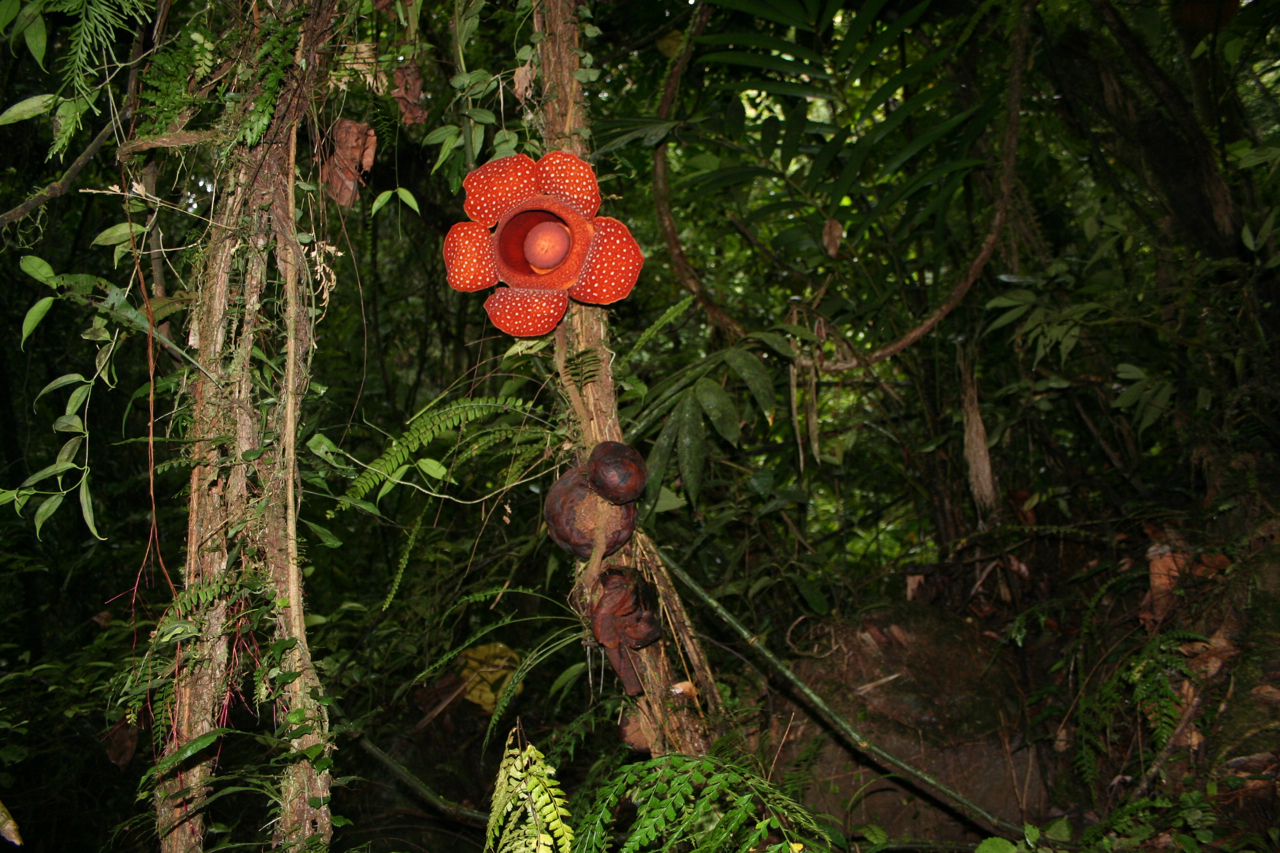
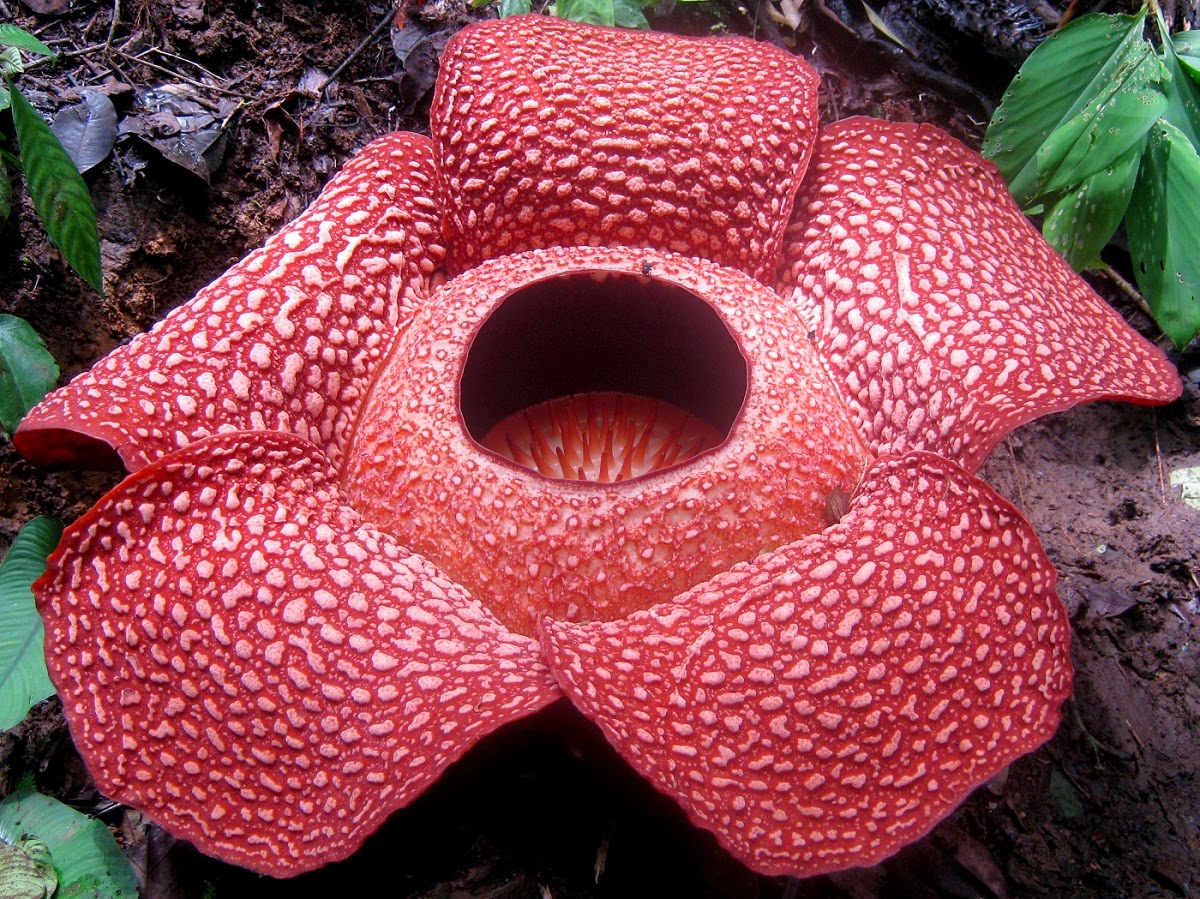
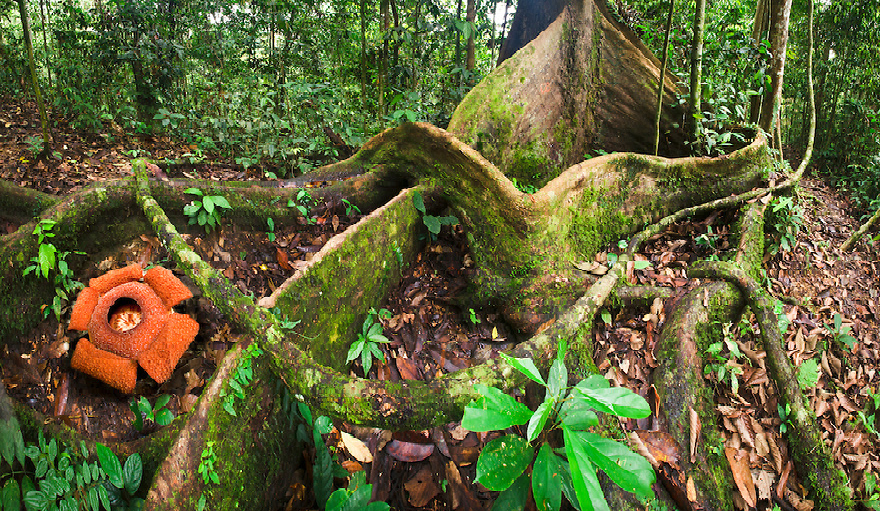
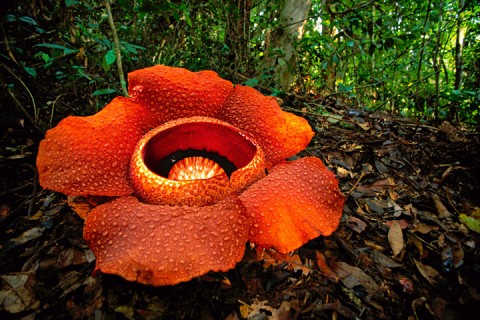
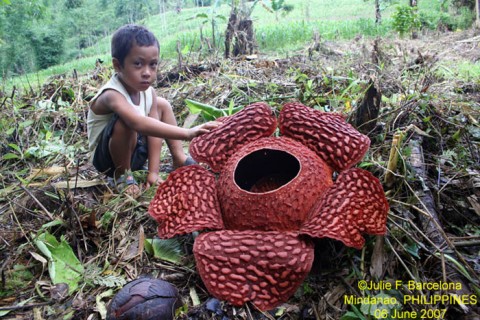
Comments are closed.